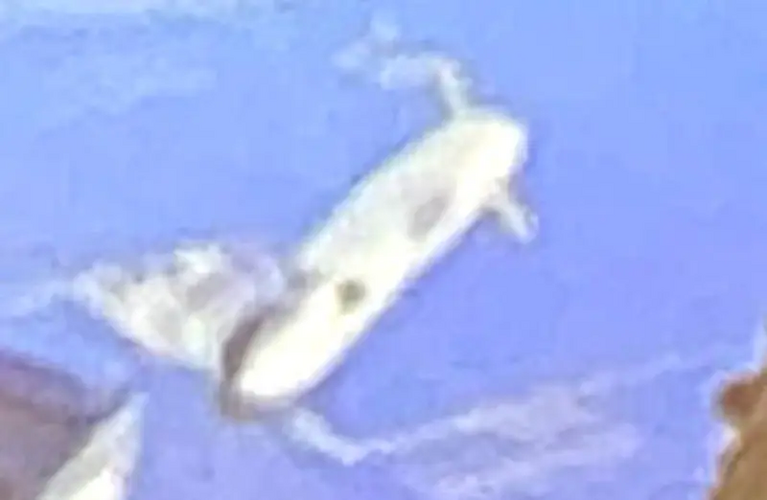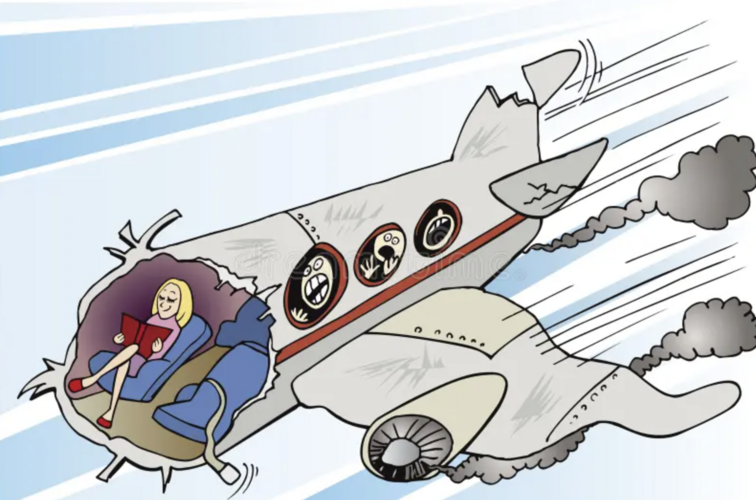RavenOne
ACCESS: Top Secret
- Joined
- 18 June 2008
- Messages
- 954
- Reaction score
- 2,425
Looks like the AC-130J Ghostrider gunships may lose their main teeth in the form of the 105mm gun with emphasis on stand off weapons

 www.defensenews.com
www.defensenews.com
Anyhow couple of times from last year and this year have seen AC-130J depart from here RAF Mildenhall (my pics below)




cheers

US Air Force may remove 105mm cannon from AC-130 gunship
Other changes under consideration to prepare the Ghostrider for a high-end fight include adding small cruise missiles.
Anyhow couple of times from last year and this year have seen AC-130J depart from here RAF Mildenhall (my pics below)
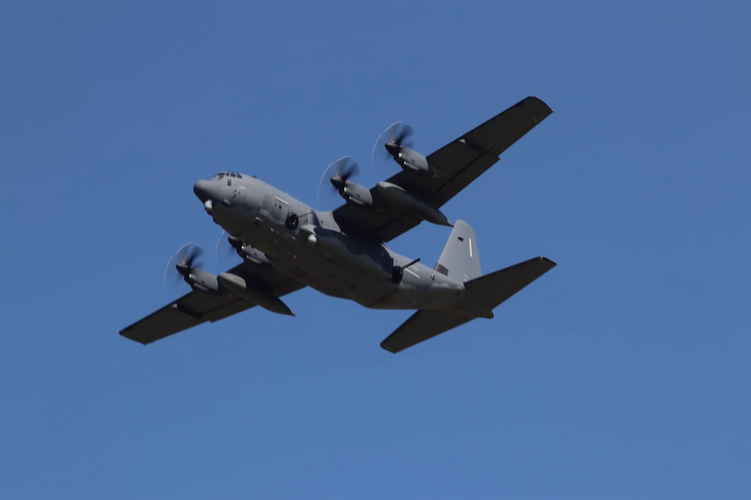
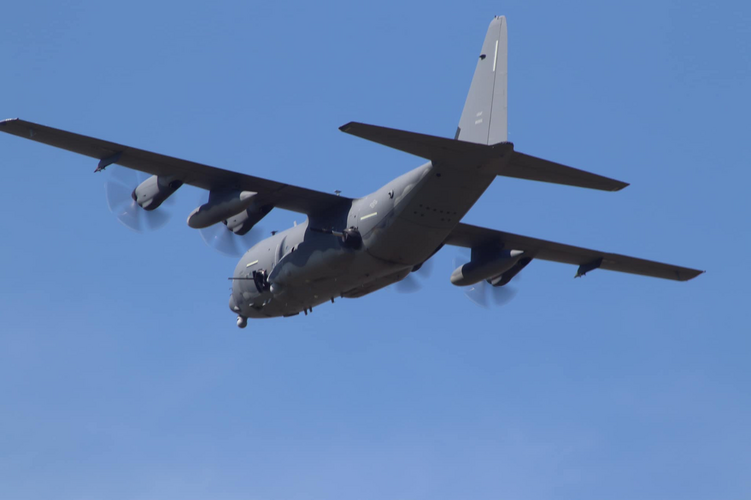
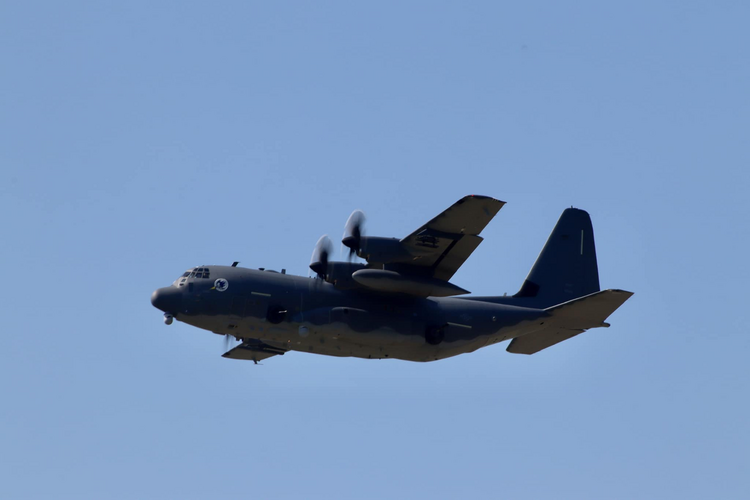
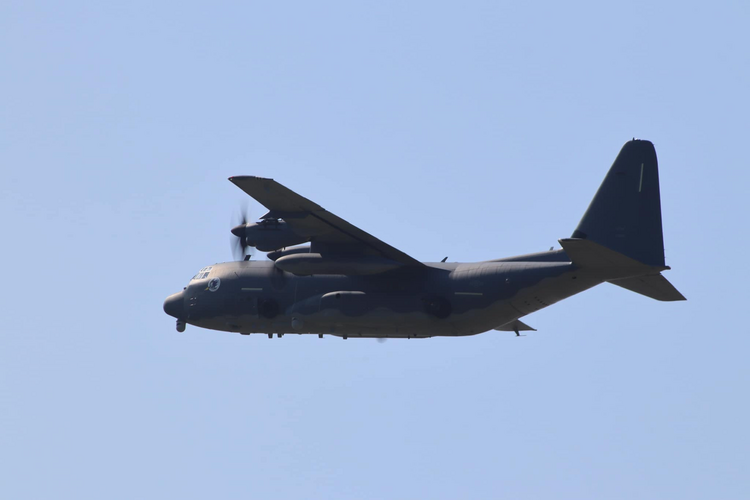
cheers



